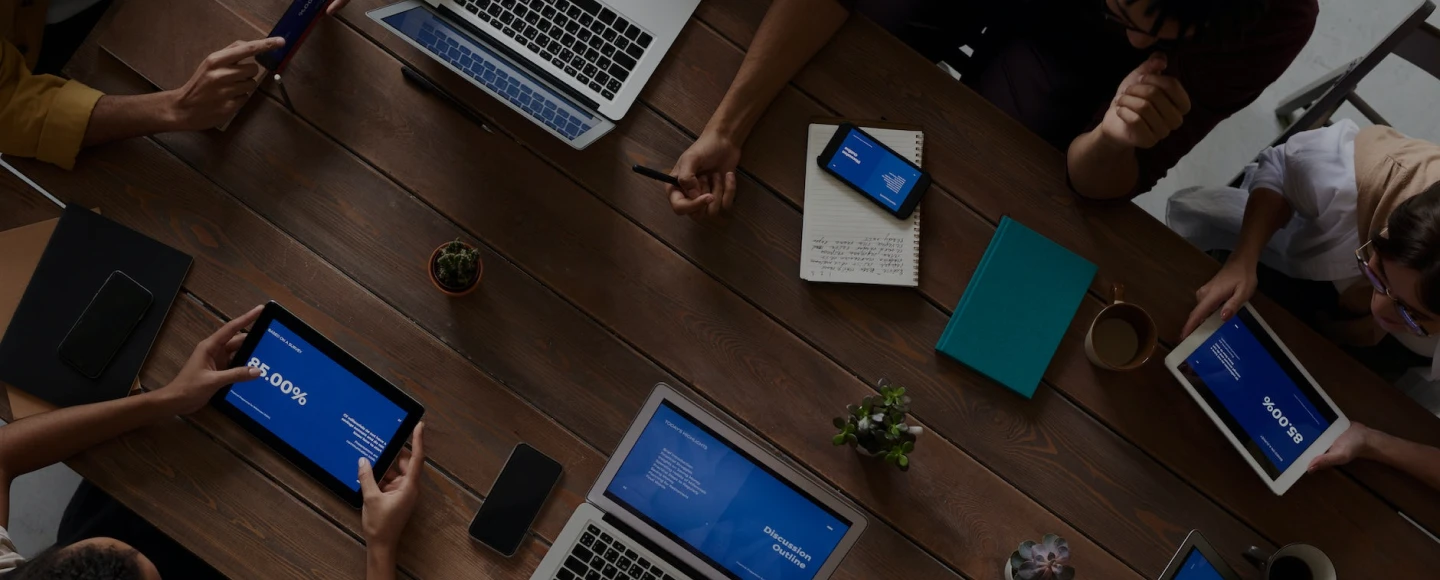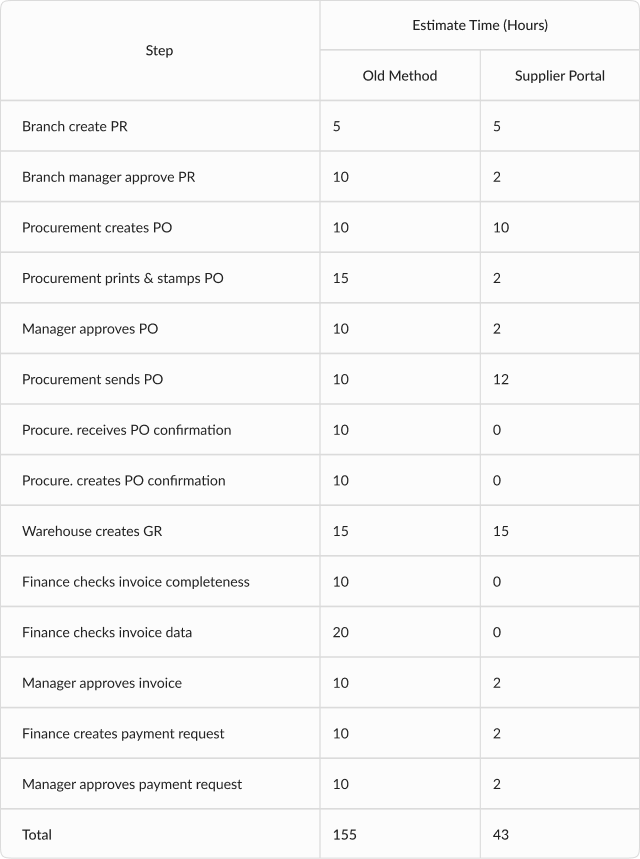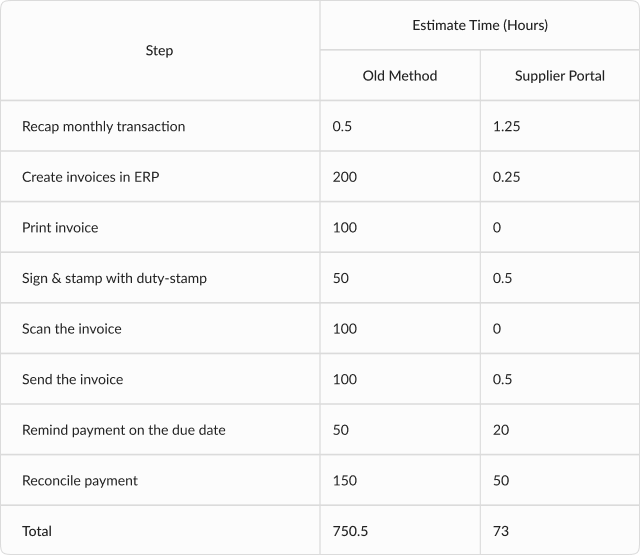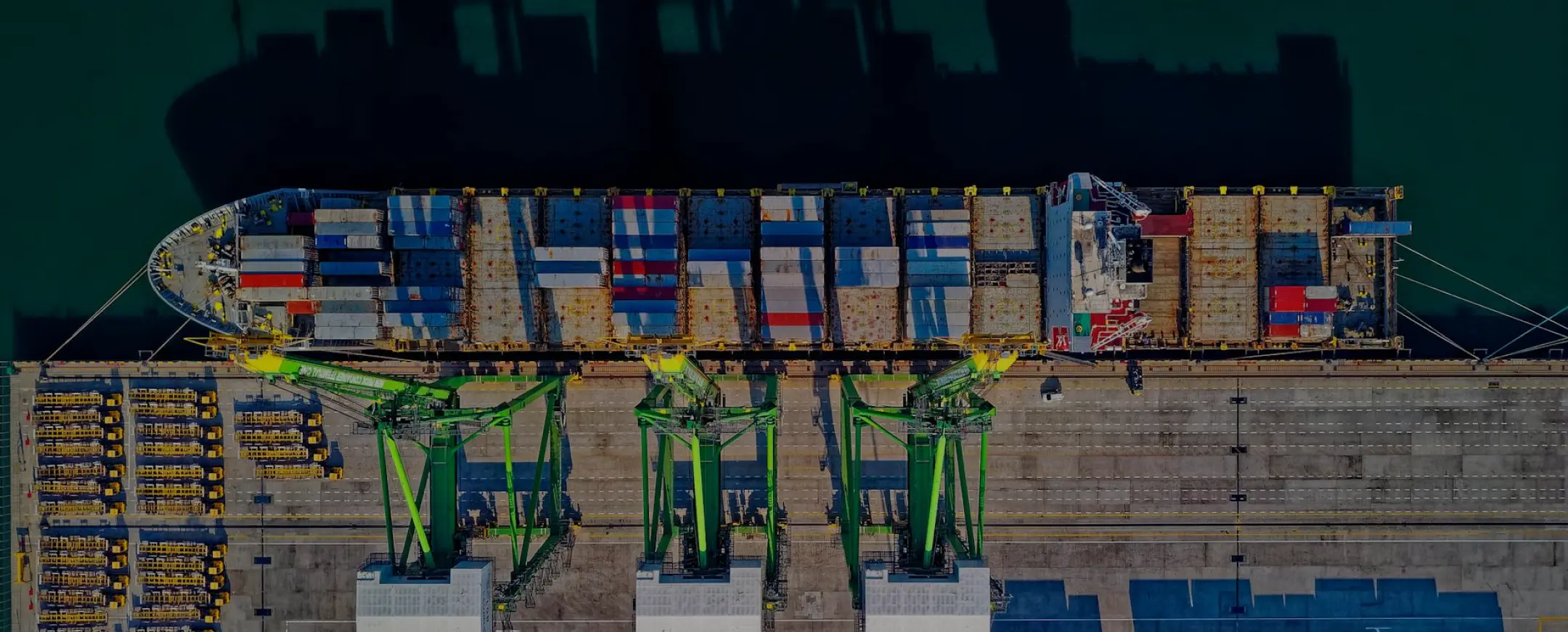Modern Slavery: Slaves to Manual Procurement Processes
A mid-sized company that processes 100,000 pages of documents annually would take up to 5,000 person-hours if a document is processed at 3 minutes. This calculation remains fair even if the company has yet to fully leverage integrated digital capabilities. The 100,000 pages might be spread out in creating and sending PO, getting PO confirmations, inputting data to the ERP system, creating GR, receiving invoices, and processing payment. The end-to-end operational activity within procure to pay can be reduced to 80% from 3 minutes average per page to 36 seconds. These savings matter a lot, not only for current conditions but also for better cost in business expansion. The cost-to-expansion ratio will be more significant as the scale of the companies goes wider, as seen in diagram 1.
Examining the Seed of Indirect Cost
How does a company spend so much time processing documents? Let's look at one of the mid-size food and beverage retail companies, serving fresh produce goods to 5 of their restaurants. The procure-to-pay process begins when the restaurant creates a PR (Purchase Requisition) based on current stock. The PR was approved by the branch manager and converted to PO (Purchase Order) by the procurement team. The PO is then printed, stamped by stamp duty (meterai), signed by the procurement manager, and scanned. The scanned PO will be sent via email and hardcopy to the suppliers. On the next day, the procurement will ask for order confirmation from the suppliers. If the suppliers disapprove, the PO will be canceled in the ERP system, and procurement will have to create another one. The cycle repeats. The average rate of PO is not confirmed by suppliers is around 30%. If the suppliers give confirmation, procurement will create a PO confirmation document in the ERP system.
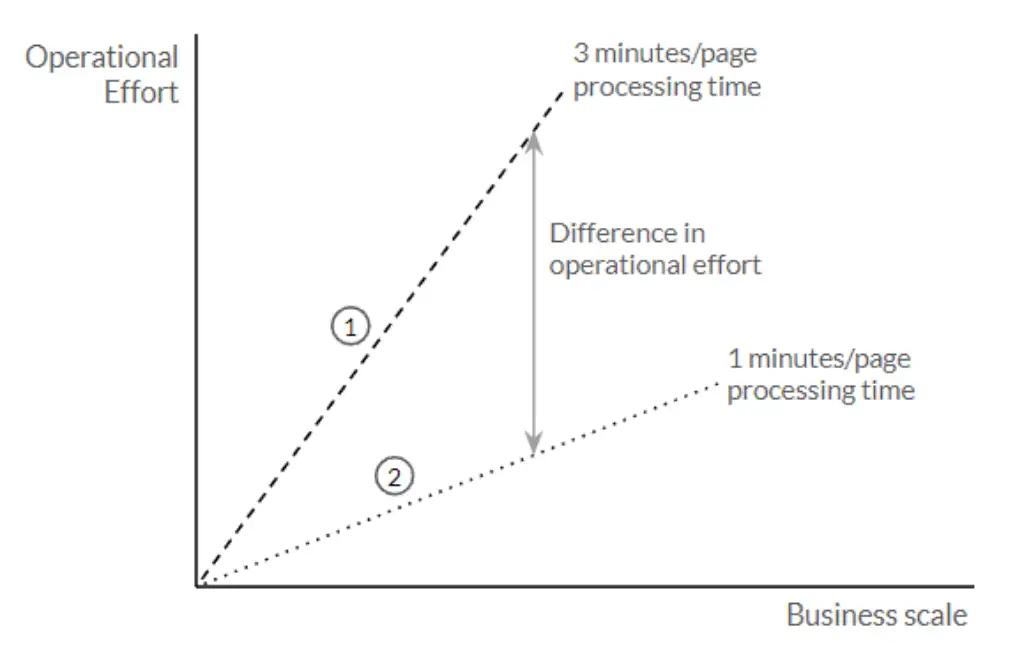
Once the goods are delivered, a GR (Goods Receipt) is created. The hard copy of the GR must be sent to the suppliers, acting as a base for invoicing. The finance department will receive the invoice with the attached PO, GR, tax invoice, and other supporting documents. The finance team will check the data in the invoice to see if it aligns with the supporting documents. If the documents are incomplete or do not align, the invoice must be revised, and the cycle of the invoicing process repeats. The rate of incorrect invoices is around 20%.
The correct invoice will then go through an approval process. The finance manager will double-check and sign the invoice. Once approved, the invoice will be inputted into the ERP system as a base of payment. Approximately 10% of the time, human errors occur during data input, requiring the process to be repeated. After being inputted, a Payment Request is created. Once the payment request is approved, the payment will be executed. Table 1 shows the estimation of each process for a single order.
On How the Magic Works
Table 1 also shows how the implementation of supplier portal helps the workforce more efficient by bridging the document exchange between a supplier and a buyer. As you can see, the amount of time is reduced by up to 72%, and by eliminating unnecessary errors such as incomplete invoices from suppliers or missing data input from hardcopy invoices to ERP, an 80% time reduction is achievable.
The food and beverage company does 161 procurement transactions per month, or 1,932 per year, and requires around 5,000 person-hours for the procure-to-pay. They are not aware of how this cost jeopardizes their business. By utilizing technology, the cost can be reduced significantly.
How does the technology work? It is simple. Integrated into the ERP, all the created PR in ERP will be approved via paper.id. The approved PR can be converted to the PO and synced automatically between the ERP and paper.id. Our approval system is backed up with notifications and can be accessed via mobile to speed up the approval process. After approval, multiple POs can be stamped and sent at once via WhatsApp, email, and SMS. The supplier can receive and confirm the PO in mobile and then proceed to delivery.
Received goods will be marked as GR creation in ERP, synced to paper.id. After the GR is connected to the PO, the GR will be sent digitally to the supplier as a basis for invoicing. A customized rule is applied for invoicing: only a complete invoice can be sent to the buyer. Paper.id system can automatically check the information within an invoice and match it against GR and PO. After the invoice is correct, the approval workflow will be in place. After an approved invoice is listed, the finance team can make one payment request for up to 50 invoices, for full or partial payment. Approval goes at one time for the payment (for 50 invoices) and is triggered at once at the bank platform.
We believe that each business is unique, along with its complexity. That’s why we built our modular product, complemented by experienced business consultants who are ready to tailor our solution based on your primary needs. Learn more about how Paper.id can streamline your procure-to-pay and order-to-cash process and book our time now.


















